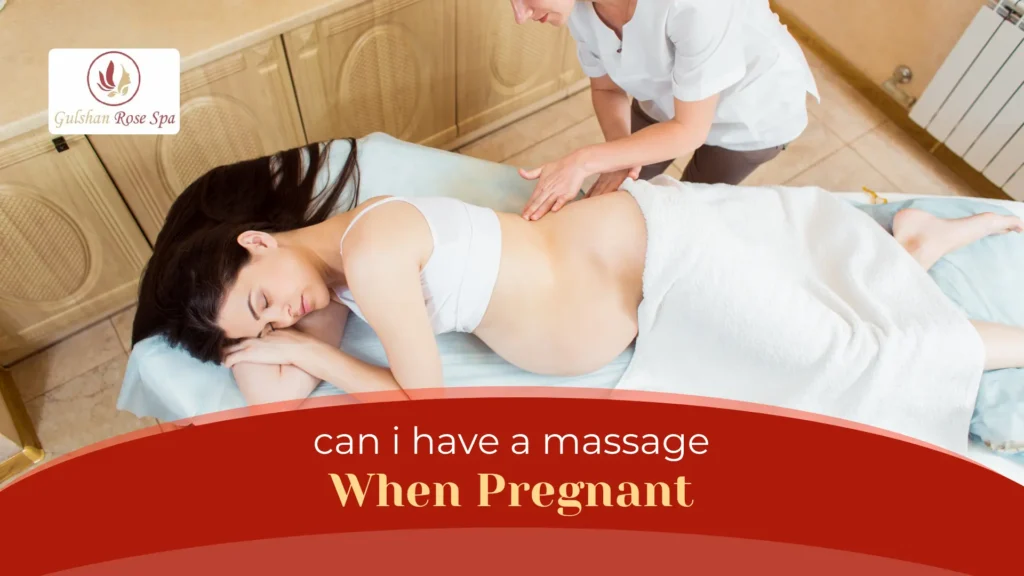Can I Have A Massage When Pregnant? Yes! Here’s How

A growing belly, aching back, and emotional ups and downs, welcome to pregnancy! Although it may be a happy time, there may be some pain, particularly in your back. Many prenatal mothers ask, “Can I have a massage when pregnant?” As per the expert opinion, Generally Yes! massages are usually safe. They also said, “Massage […]

